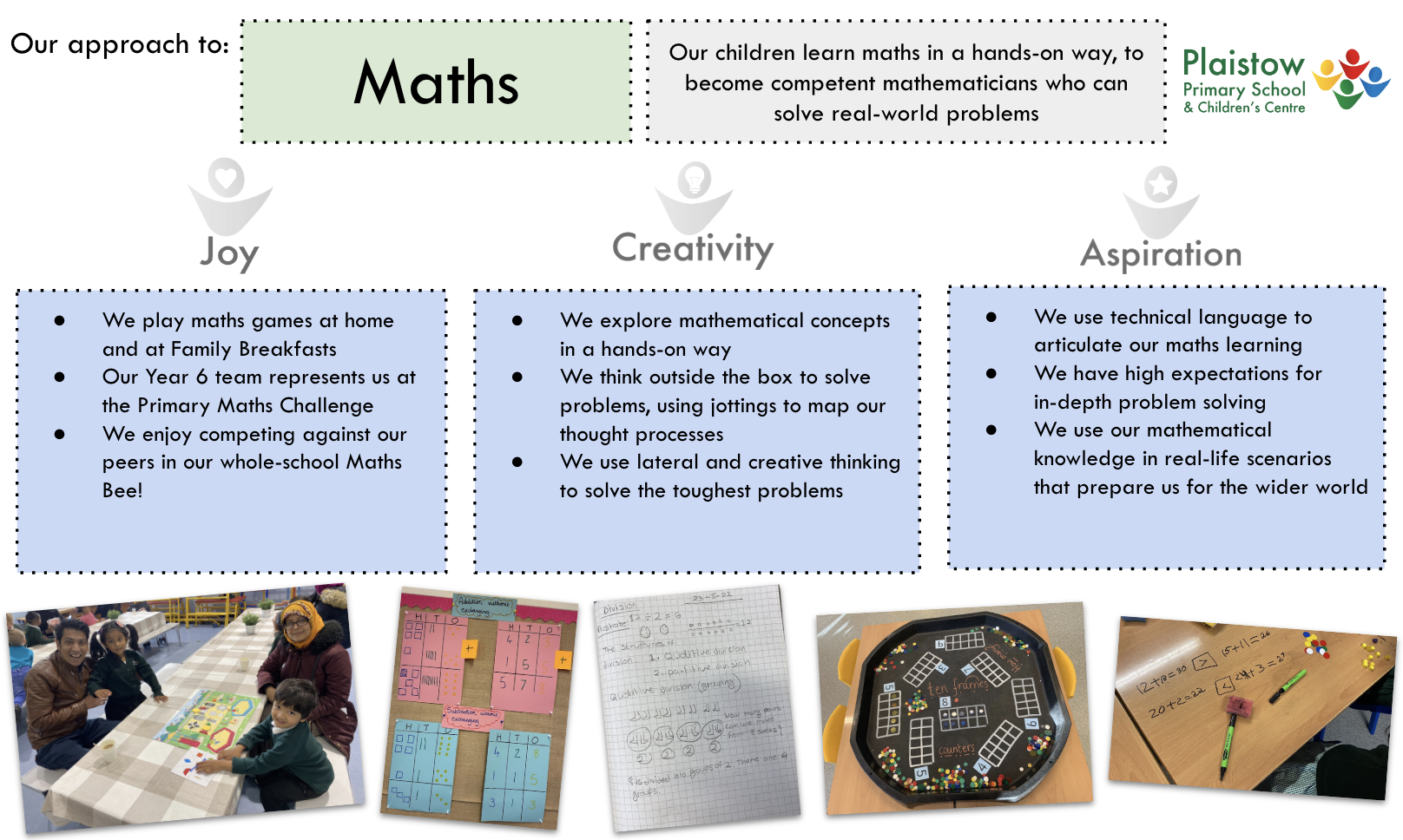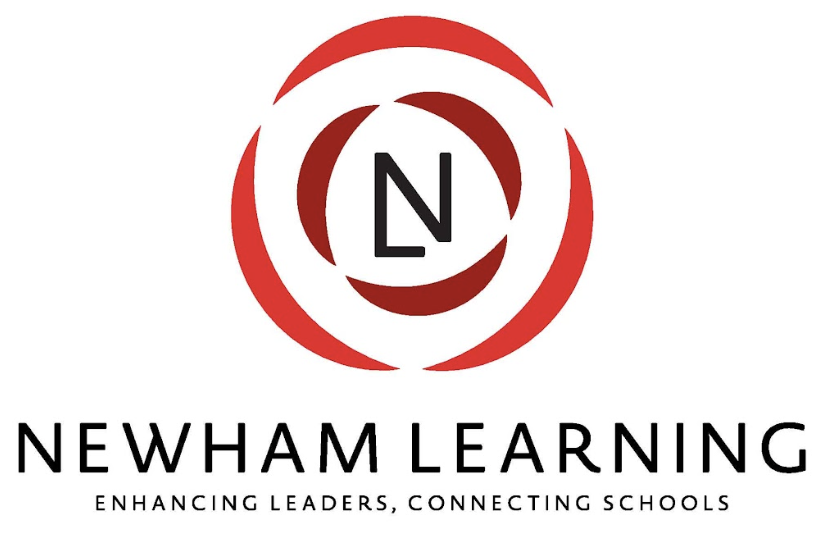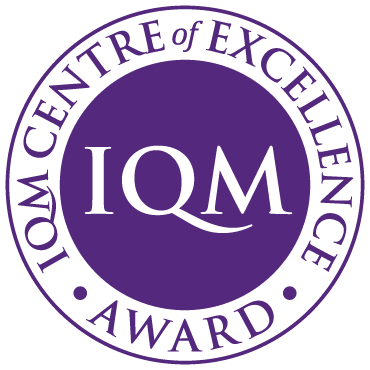Maths
At Plaistow Primary School we ensure children are developing the knowledge, skills and understanding that will help them to address a problem and find multiple ways to solve it.

Our curriculum is based on the Primary National Curriculum for Mathematics and teachers use resources from White Rose Maths to ensure correct pitch for each year group.
Plaistow Primary School Progression in Maths
In class, maths is very a practical subject, with children manipulating concrete resources and pictorial representations, before applying learning in an abstract way with mathematical algorithms. We offer a range of equipment to support and further the learning of our pupils and where possible, link it across the curriculum to demonstrate both its versatility and meaningfulness in everyday life.
Teaching for Mastery
The National Curriculum for Mathematics aims to ensure that all pupils:
- become fluent in the fundamentals of mathematics, including through varied and frequent practice with increasingly complex problems over time, so that pupils develop conceptual understanding and the ability to recall and apply knowledge rapidly and accurately.
- reason mathematically by following a line of enquiry, conjecturing relationships and generalisations, and developing an argument, justification or proof using mathematical language.
- can solve problems by applying their mathematics to a variety of routine and non-routine problems with increasing sophistication, including breaking down problems into a series of simpler steps and persevering in seeking solutions.
As a school we have developed our own teaching and learning structures to ensure mastery in mathematics, with fluency, problem solving and reasoning present in every lesson for every child.





